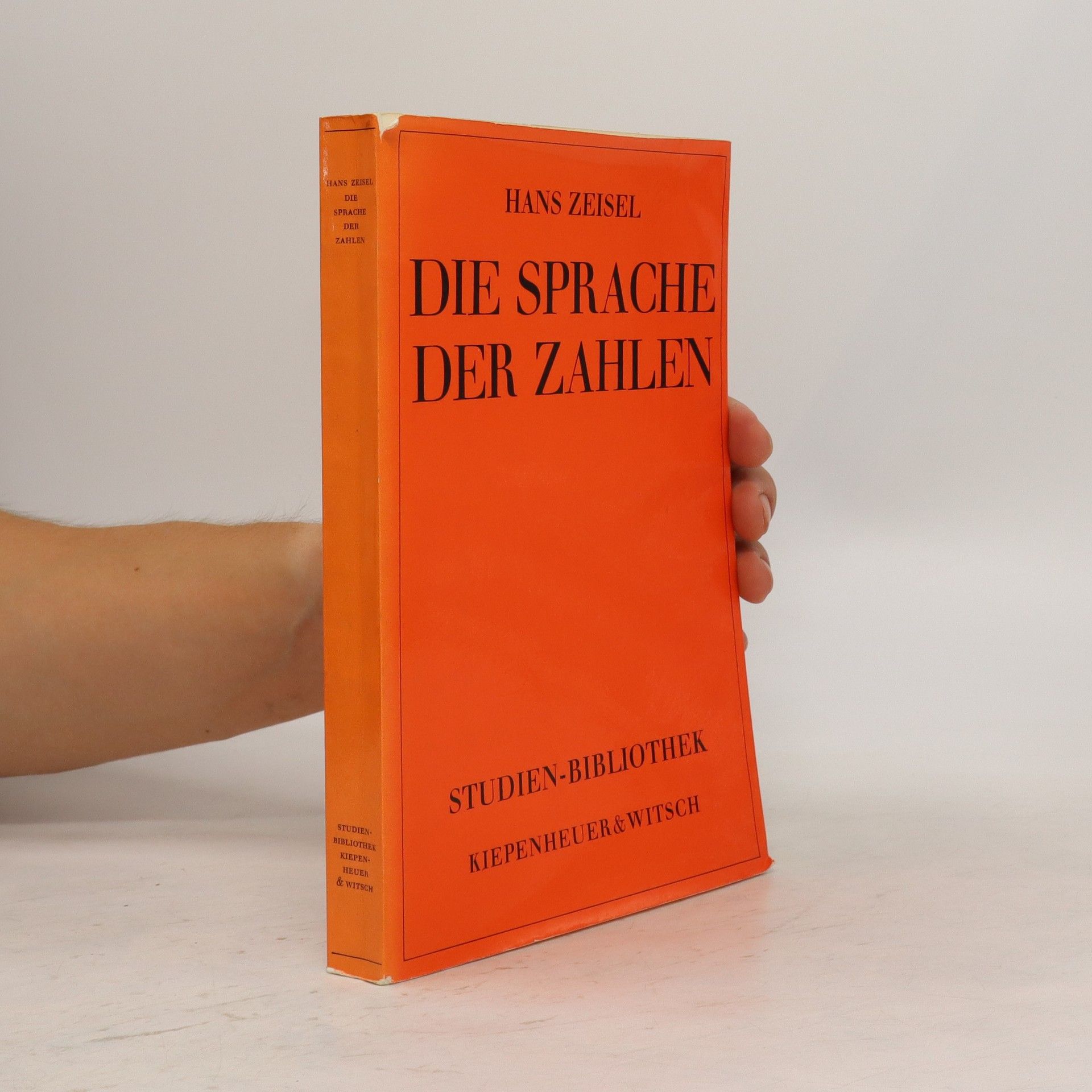social science and law. "Prove It With Figures" showcases tools from social and statistical sciences applied in legal contexts, focusing on how researchers can extract reliable data and the pitfalls they may encounter. In a style reminiscent of Zeisel's influential work, it discusses common challenges in establishing cause-and-effect relationships in accessible language. Aimed at law students, it also serves as a valuable resource for lawyers, policymakers, and the public, enhancing their critical understanding of statistical data. The text includes case studies on diverse topics such as the death penalty, jury selection, employment discrimination, mass torts, and DNA profiling. Hans Zeisel, a pioneer in integrating social science with law, held the title of Professor of Law and Sociology Emeritus at the University of Chicago and had a notable background in public opinion and market research. He contributed extensively to various fields, earning recognition as a Fellow of the American Statistical Association and the American Association for the Advancement of Science, and was inducted into the Market Research Hall of Fame in 1980. David Kaye, a Regents Professor at Arizona State University, specializes in evidence law and has authored multiple legal textbooks and articles in relevant journals.
Hans Zeisel Livres







Marienthal
- 128pages
- 5 heures de lecture
The study on which Marienthal is based was conducted in 1930 in Austria, at the time of a depression that was worse than anything experienced in the United States. But the substantive problem is still very much with us, although our focus is now poverty rather than unemployment. In Austria, the institutional response to mass unemployment was the dole. Unlike the work relief programs of the New Deal, the dole system left workers destitute and idle. The essential finding of this research is that when people are deprived of work, there is a breakdown in the personality structure of a group. Marienthal represents a colossal breakthrough in social research. It provides a combination of quantification and interpretive analysis of qualitative material - an approach that remains in the forefront of present-day research design. The work combines statistical data at hand, case studies, information on historical background of those being studied, and questionnaires combined with solicited reports that enhance a sense of daily life without intrusion by investigators. The work provides a unique insight into how creative innovations can assist in overcoming collective deprivations.